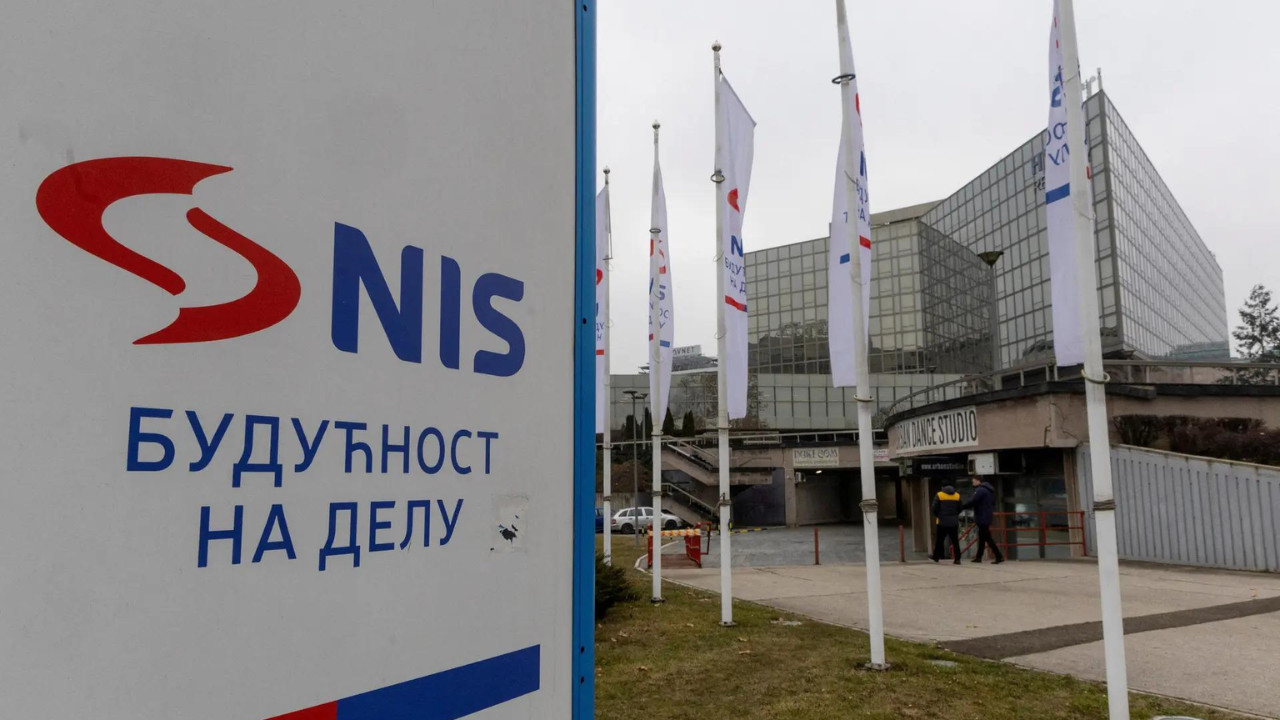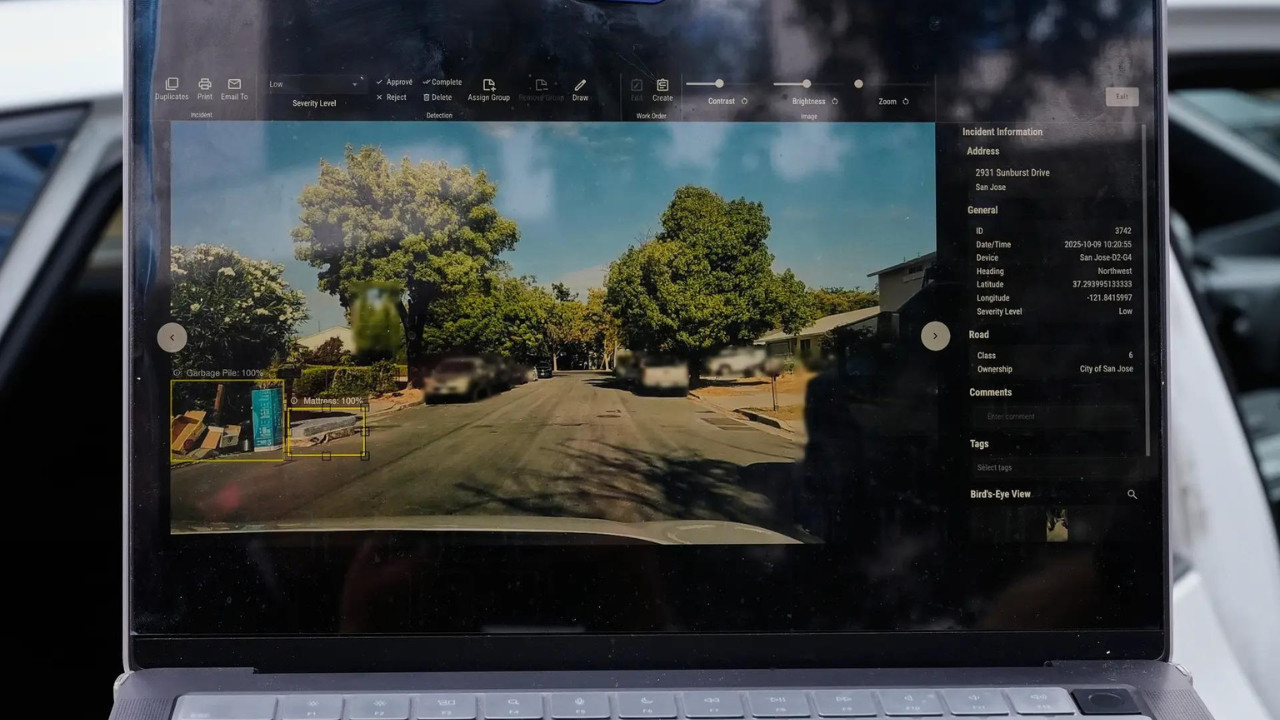A Reserve Bank of India article forecasts a 21.5% surge in private sector capital investment, reaching Rs 2.67 lakh crore in 2025-26. This growth is attributed to strong macroeconomic fundamentals and an anticipated policy rate cut. Infrastructure, particularly the power industry, will be the primary investment recipient, largely driven by greenfield projects.
Private Capex Set for a Thrilling Ascent: Are We Ready?
The Indian economy is a captivating dance of numbers, policies, and ambitions. Right now, the spotlight is on private capex – that is, capital expenditure – and the narrative is undeniably optimistic. Forget incremental growth; we’re talking about a potential surge, a veritable leap forward that could reshape the economic landscape. A recent Reserve Bank of India (RBI) article hints at a staggering 21.5% jump in private capital expenditure, reaching a monumental ₹2.67 lakh crore in fiscal year 2026. Sounds impressive, right? But what does this actually mean for the average person, and where is this investment headed?
Imagine the hum of construction sites, the glow of welders, and the whir of new machinery. This is the sound and fury of capex in action. It’s not just about big corporations building bigger offices; it’s about laying the foundation for sustained economic growth, job creation, and a more prosperous future. The sectors tipped to lead this charge are infrastructure and power, two crucial pillars upon which a modern economy stands. Think massive road networks, smart city projects, and renewable energy plants springing up across the country. These aren’t just numbers on a spreadsheet; they represent real-world improvements in our daily lives.
Infrastructure: The Backbone of Growth
Infrastructure development is often touted as the unsung hero of economic progress. It’s the network of roads, railways, ports, and airports that facilitates the movement of goods and people, connecting businesses to markets and opening up new opportunities. A robust infrastructure attracts foreign investment, boosts domestic manufacturing, and ultimately improves the quality of life for everyone. The projected surge in private capex promises a significant boost to this vital sector.
The RBI article highlights a renewed focus on infrastructure projects, driven by both government initiatives and private sector participation. This includes investments in transportation, energy, and communication networks, all essential for supporting economic activity and fostering inclusive growth.

Powering the Future: A Surge in Energy Investments
The energy sector is another key beneficiary of the anticipated capex boom. With India’s growing energy demands, driven by urbanization and industrialization, investments in power generation, transmission, and distribution are critical. The good news is that this isn’t just about traditional energy sources. A significant portion of the investment is expected to flow into renewable energy projects, such as solar and wind power, aligning with India’s commitment to sustainable development.
This shift towards cleaner energy sources not only helps reduce carbon emissions but also creates new business opportunities and skilled jobs in the green economy. It’s a win-win situation, where economic growth and environmental sustainability go hand in hand.
Beyond the Headlines: Digging Deeper into the Details
While the headline figure of a 21.5% jump in private capex is certainly eye-catching, it’s important to understand the underlying factors driving this growth. The RBI article points to several key drivers, including improved business confidence, government policies aimed at attracting investment, and a favorable macroeconomic environment.
Lower corporate tax rates, streamlined regulatory processes, and increased infrastructure spending by the government have all played a role in boosting private sector investment. Furthermore, a stable and predictable economic environment, characterized by low inflation and a healthy banking sector, has provided a conducive environment for businesses to expand their operations and invest in new projects.
However, it’s also crucial to acknowledge the potential challenges that could derail this growth trajectory. Global economic uncertainties, rising interest rates, and supply chain disruptions could all dampen investment sentiment and slow down the pace of private capex. For example, the ongoing geopolitical tensions and inflationary pressures could impact the cost of raw materials and financing, making it more difficult for businesses to undertake large-scale investment projects.
Internal Link Example:
To further explore the factors impacting India’s economic outlook, check out this article on [India’s GDP Growth Projections for the Next Fiscal Year](related-article-url).
Are We Prepared for This Influx of Investment?
A surge in private capex presents both opportunities and challenges. To fully capitalize on this investment boom, India needs to address some key areas. First, it’s essential to ensure that the regulatory environment remains conducive to investment, with clear and transparent rules that minimize bureaucratic hurdles. Second, there needs to be a continued focus on skill development, ensuring that the workforce has the necessary skills to support the new industries and technologies that will emerge from these investments.
Finally, it’s crucial to address the infrastructure deficit, particularly in rural areas, to ensure that the benefits of economic growth are shared more widely. This requires a coordinated effort between the government, the private sector, and local communities to identify and implement projects that address the specific needs of each region.
The projected jump in private capex is undeniably exciting news for the Indian economy. However, it’s not a guaranteed outcome. Sustaining this growth requires a continued focus on creating a favorable investment climate, addressing infrastructure bottlenecks, and ensuring that the benefits of economic growth are shared equitably across society. If we can successfully navigate these challenges, the next few years could witness a period of unprecedented economic transformation, driven by the power of private capital expenditure.







